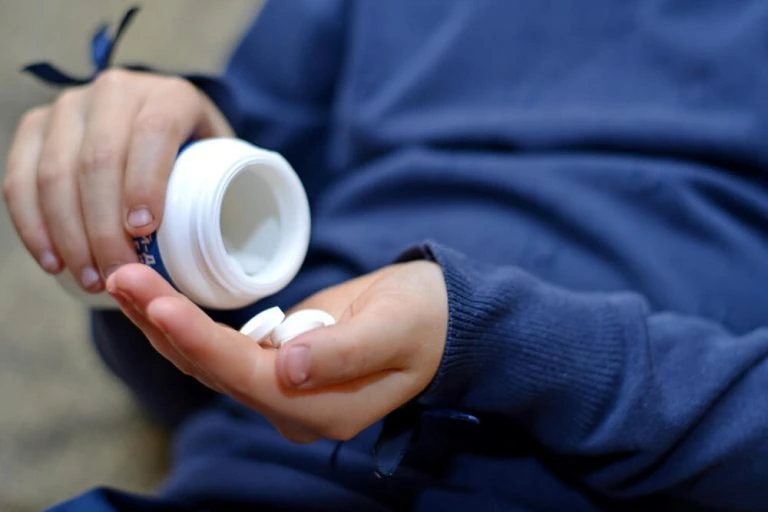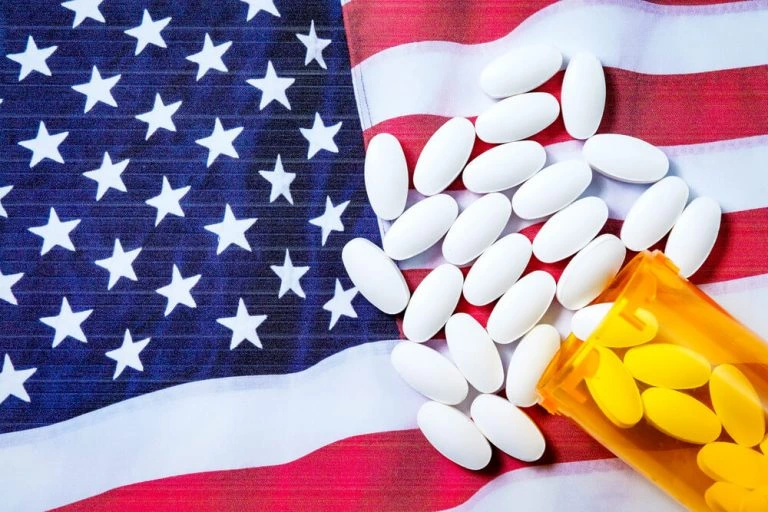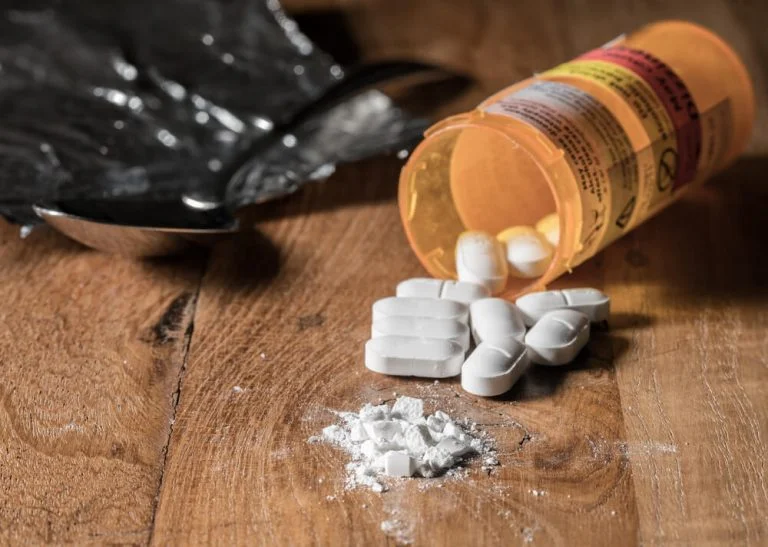Opioid Overdose Rates Among Children Double in Last 10 Years
A study from the journal Pediatrics found that between 2004 and 2015, the number of children who were hospitalized due to opioid abuse nearly doubled. The current trend of adolescent opioid overdose it seems has been unaffected by the efforts to curb opioid abuse in the adult population. It is clear that more needs to be done to tackle adolescent substance abuse, not just opioid abuse in adults.

The Opioid Overdose Rates Among Children See a Massive Increase in Just 10 Years
Results From the Study
The study was conducted by looking at the billing records from 49 different children’s hospitals across the country. During the studied period of 2004 to 2015, the hospitals had a reported 3,647 cases of opioid overdoses.
The study showed that opioid overdose deaths decreased in the given time period from 2.8 percent to 1.3 percent. However, the amount of adolescents who had to be hospitalized for opioid overdose almost doubled from 797 to 1,504 cases.
Opioid overdose causes the respiratory system to slow down to dangerous levels, and low blood pressure is another major cause of damage in overdose cases. In the study, the number of children who had to be put into pediatric intensive care doubled. Of the kids who had a severe overdose, 20.3 percent needed to be given medications to treat their low blood pressure and 37 percent needed mechanical ventilators due to respiratory depression.
Some of the most surprising statistics to come out of the study was that roughly 33 percent of the overdose cases were children under six. Out of these kids, 20 percent received treatment for methadone overdose – an opioid used to treat opioid dependence. From 2000 to 2007, the methadone prescriptions rose 559 percent. Since children are inquisitive by nature, having drugs such as methadone in the house increases the chances that a child will accidently ingest the dangerous substance. Most of the cases in the study were kids between 12 and 17.
With the current health care climate, the authors of the study believe that the new proposed changes to Medicaid will cause a profound impact on the ability for hospitals to recuperate their costs for treating patients with an overdose on opioids. This would be the result of insurance coverage becoming limited.
One of the pediatricians at Penn State Health Children’s Hospital, Dr. Sheryl Ryan, said that the rates of overdose in the adult population continue to rise and that the cost of opioid overdoses has reached around $504 billion each year.
Opioid Overdose Risk Factors
Among the biggest risk factors for children concerning opioids are experimentation, accidental ingestion and incorrectly judging the strength of an opioid. Drugs such as fentanyl can greatly increase opioid overdose risk factors because it is as much as 100 times more powerful than heroin.
Additional risk factors that can lead to opioid overdose deaths include lack of supervision from a child’s parents, signs of early aggressive behavior, the availability of the drug and poverty. These factors can bring about an addiction and any addiction to opioids can then lead to overdose as tolerance builds.
The abuse of opioids affects people of all ages. Rehab centers are able to make use of evidence-based therapy and proven medications to help treat an addiction.
If you need to find help for an addiction, then get in touch with Better Addiction Care today at (800) 429-7690 to find the best rehab near you.








